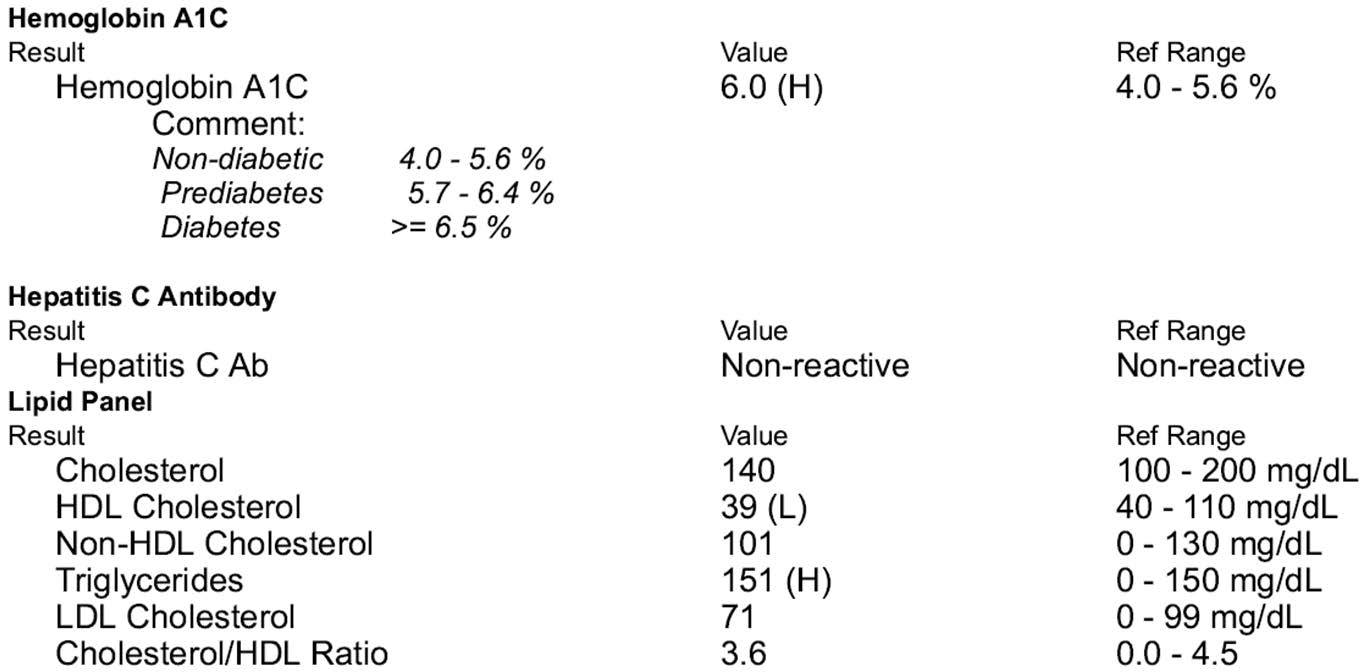Bilateral-Symmetrical/Asymmetrical:
A tolerance is considered bilateral if it allows variation from the target value in either direction from the specified value. If the tolerance is equal on both sides of the target value, it is considered a Bilateral-Symmetrical (BS) tolerance: 140.0 ±5.0 Hertz. If the tolerance is larger on one side than it is on the other, it is considered a Bilateral-Asymmetrical (BA) tolerance: 12.000 –0.020/+0.080 Volts or 50.0000 –0.0050/+0.0010 Ohms.
Unilateral-Positive/Negative:
A tolerance is considered unilateral if variation from the target value is permitted only in one direction. Unilateral-Negative (UN) tolerance: 0.2500 –0.0010/+0.0000 inch; Unilateral-Positive (UP) tolerance: 1.520 –0.000/+0.010 inch.
Infinite-Positive/Negative:
Some tolerances are only concerned about a value above a target, allowing any value that is larger than the target value. This is called an Infinite-Positive (IP) tolerance. An example of this is a bandwidth test across a frequency range for an oscilloscope where a signal generator is applied to set a reference amplitude at 50 kHz and then the generator is swept across the full bandwidth of the oscilloscope to ensure the amplitude does not drop more than 3 dB from the reference level. Since this type of measurement is a relative measurement and not an absolute measurement, it is theoretically possible for the amplitude to increase above the reference level at a higher frequency as the generator sweeps from 50 kHz to the upper frequency value of the oscilloscope. Because the focus of this type of measurement is to ensure the signal does not degrade in amplitude more than a pre-determined amount, this type of tolerance is stated as Infinite-Positive: ≥-3 dB (from the reference level). This can also be viewed as “the signal shall not deviate by more than –3dB from the reference signal”...and implies that it does not matter if it increases from the reference signal which would indicate some amplification is occurring within the circuitry at the frequency where the increased signal occurs. It can be no less than –3dB from reference and it can increase from there to an infinite point which is not of any concern for the test result. Likewise, an infinite tolerance can be negative: Infinite-Negative (IN) tolerance: ≤+150 °C where a part being manufactured must not exceed a specific temperature but can be any value below that target without concern for an impact to the part/product. NOTE: The TUR for Infinite tolerance types results in ∞:1 because the numerator is ∞, rendering it meaningless.
Most tolerance types are self-evident however, some tolerances are mistakenly identified as the wrong type. For example, flatness of the anvil/spindle on an outside micrometer is a ‘less than’ value with no apparent lower limit. One might assume this to be an Infinite-Negative tolerance type. However, this is actually a Unilateral-Positive tolerance type because the lower limit of flatness is zero deviations from a plane surface. So, although a specification for flatness might be written as ≤20 µinches, it is actually evaluated, for testing purposes, as 0.000000 –0.000000/+0.000020 inch. This is also another example of a relative measure as opposed to an absolute measure since it compares the lowest point on a plane to the highest point on the same plane surface.
Tolerance types, to this author’s knowledge, have not been standardized by a naming convention. The names applied here were developed by Transcat in 2002 as a means to assist in explanations and discussions as well as to expand the vocabulary established by ISO/IEC Guide 99: International Vocabulary of Metrology.







